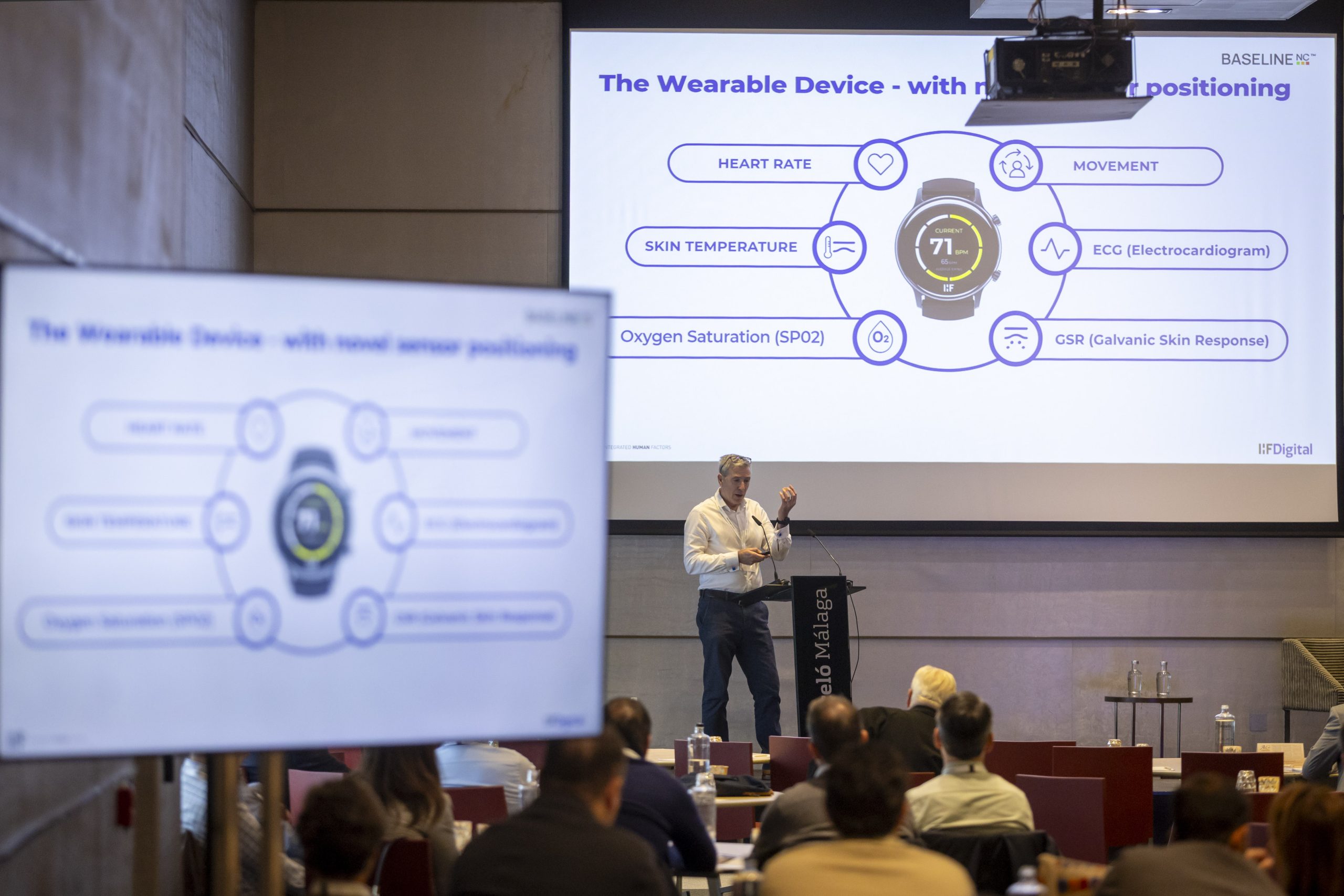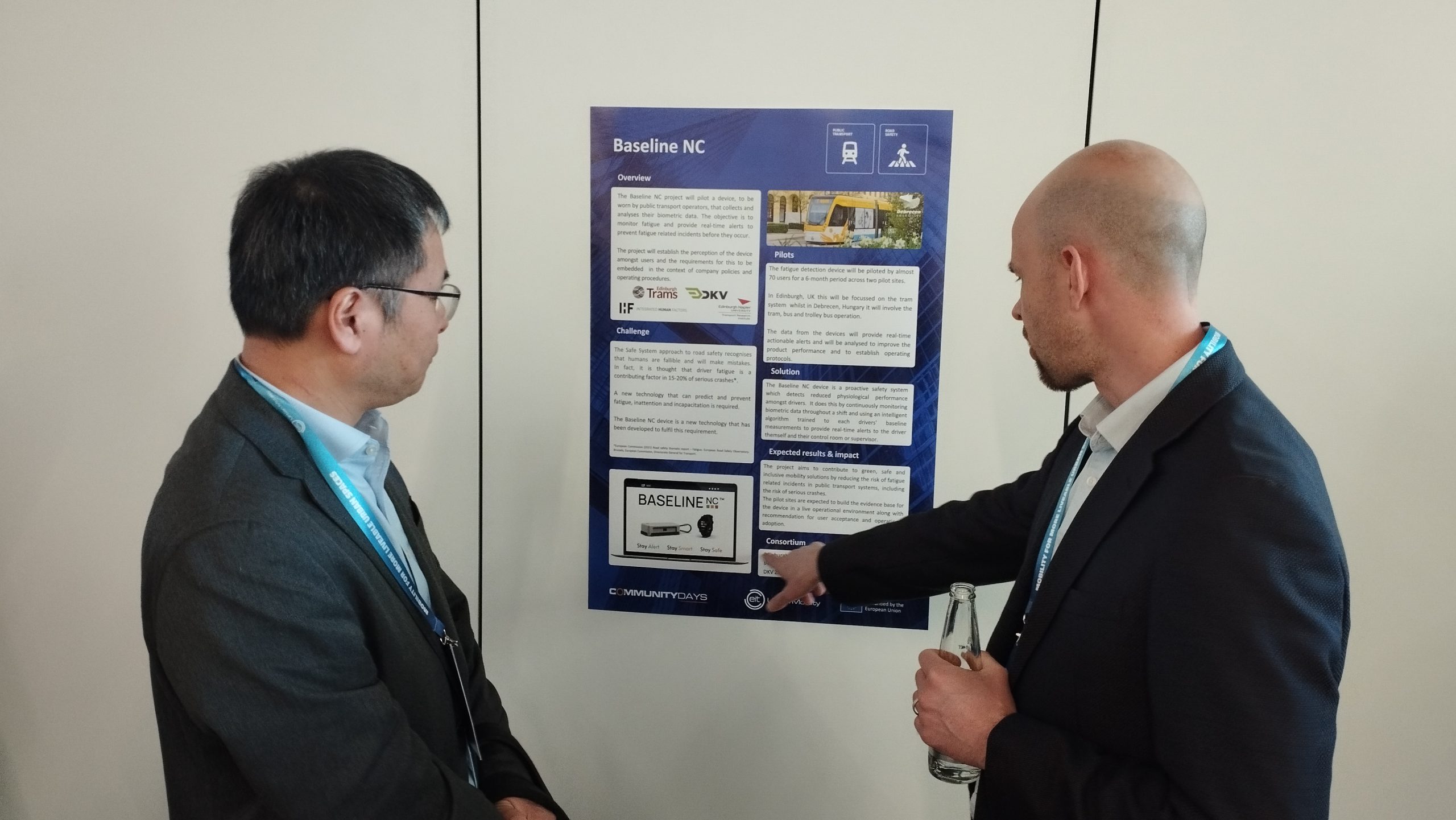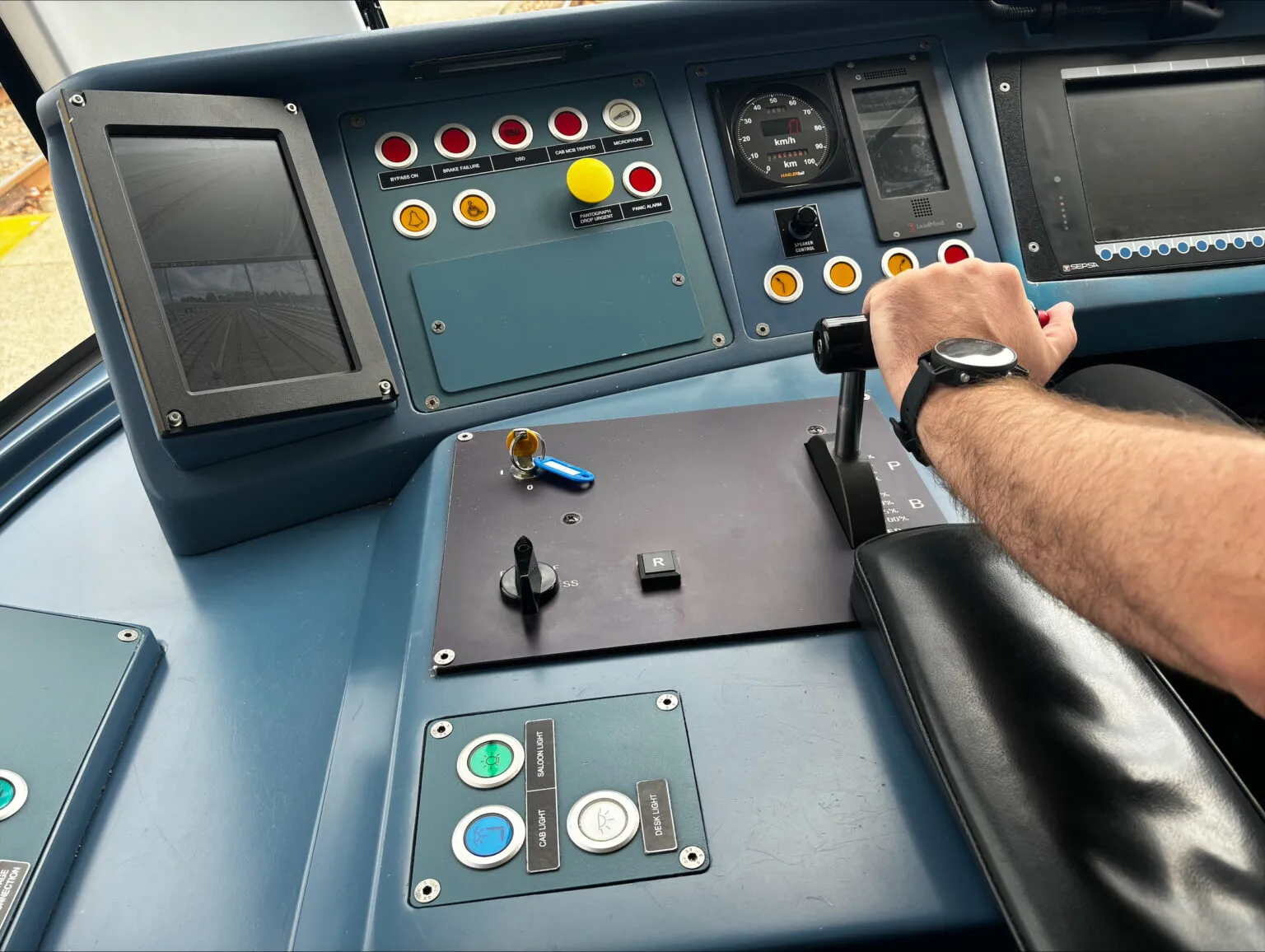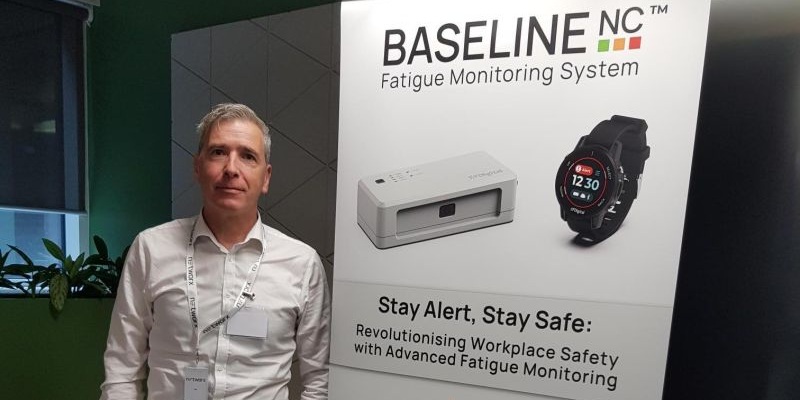Workplace fatigue monitoring is evolving fast, but not all solutions are created equal. While eye tracking measures blink rates and gaze patterns, wearable sensors go deeper. BaselineNC uses personalised biometric data such as blood oxygen saturation, electrodermal activity, galvanic skin response, heart rate variability (RR), movement patterns using a 6-axis accelerometer and skin temperature for a more holistic view of fatigue:
Wearable Technology
- Real-Time Alerts
- Cost Effective
- Detects the Onset of Fatigue
- Ease of Use
- High Accuracy Level
- Mobile
- Straightforward Implementation
- Unobtrusive
Eye Tracking Technology
- Real-Time Alerts
- Cost Effective
- Detects the Onset of Fatigue
- Ease of Use
- High Accuracy Level
- Mobile
- Straightforward Implementation
- Unobtrusive
Why does this matter? Wearables detect fatigue before it affects performance, whereas eye tracking only sees fatigue once it is already impacting behaviour. Wearables allow you to intervene before it is too late. For example, one of the assessment results detailed in the BaselineNC Advanced Fatigue Monitoring System White Paper showed the pre-emptive detection of the onset of worker fatigue by BaselineNC HOURS before two visually observed microsleeps. There were also several other microsleep episodes within this time frame and BaselineNC was able to highlight the wearer’s steady decline to a state of dangerous fatigue.
Are we moving towards a future where biometric wearables outpace traditional monitoring? Independent technical analysis of IHF’s BaselineNC solution concluded with:
“Operators and owners need to consider further development of their existing fatigue management systems to include data-driven analysis to further improve their safety performance.”









